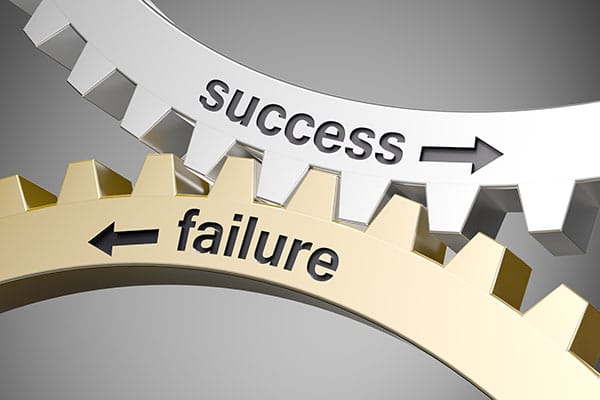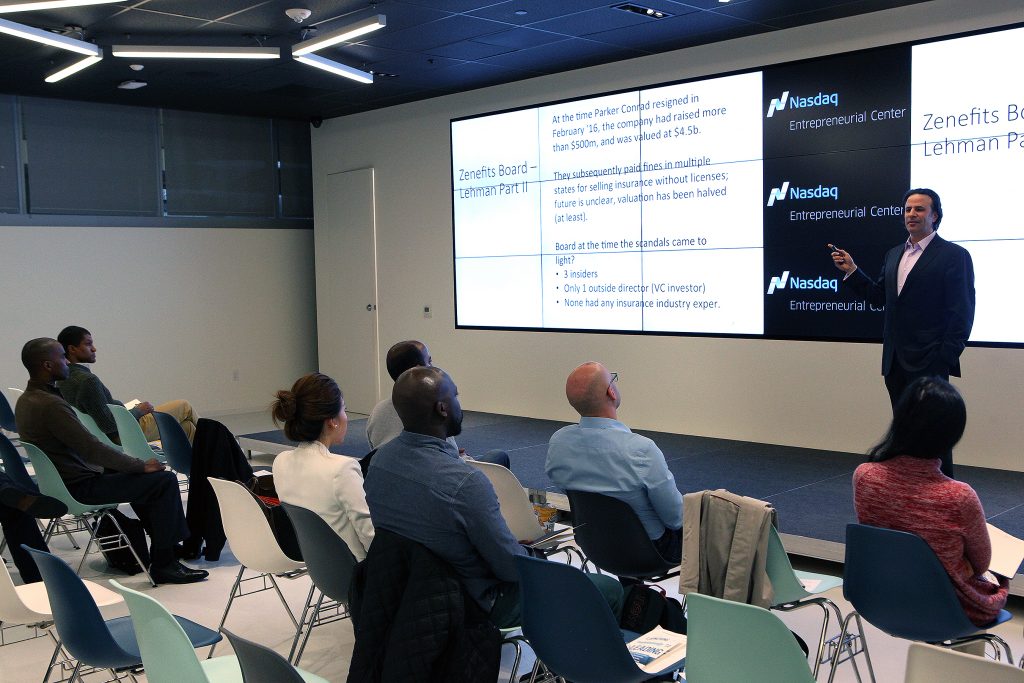Most fast-growing companies, public and private, tend to be cash constrained. This puts a premium on the allocation of capital. Put differently, if you don’t have a lot of cash, you had better be really careful what you do with it. When I was an institutional investor, I was 100% convinced that the misallocation of capital – the silent killer of high-growth companies – was a management shortfall. I was wrong. It’s a board failure.
Per The New York Times, Jeff Bezos often reminds investors that new growth initiatives are essentially experiments. Experiments, by their nature, often fail. It doesn’t mean you don’t conduct the experiments, rather it means you have to know when to admit failure and move on.
Sounds simple.
But it’s unfortunately not simple at all in practice. In reality, here’s what routinely happens in fast-growing companies:
- CEO and his/her team lay out the basis for a product/service innovation to the board, along with a budget;
- The board assesses/tests management’s plans;
- After some give and take, the board approves some version of management’s plan;
- Management subsequently reports back to the board that although there is terrific progress on the new initiative, rollout is delayed and the project requires additional funding to reach fruition;
- The board does more probing, and (perhaps grudgingly) acquiesces;
- Rinse;
- Repeat; and then
- Raise more capital (read: dilute shareholders).
Great management teams and otherwise well-meaning boards don’t start out thinking that they are going to pour cash down a dry hole. Instead, project deadlines creep, marketplaces evolve, and idea originators can lose their objectivity. Outside the confines of tidy slide presentations and academic classrooms, innovation is messy and nonlinear. Enter the board of directors.

There are two principal ways great boards prevent capital misallocation.
They have the right people around the table.
Boards simply can’t manage risks or evaluate strategy/innovation they don’t understand. Great boards not only have the requisite domain expertise, but they trust… and then independently verify. Experienced management teams often supply boards with copious amounts of materials to support the plans for which they are seeking approval. Those materials are just the starting point though; proactive, objective boards undertake their own research and confer in the absence of management to ensure more fulsome assessments. Reason number 9,873 why boards can’t be comprised of the CEO’s friends – pals trust, but rarely verify. (BTW, during the July 12th webinar, I’ll be talking a bit more about who absolutely shouldn’t be on your board.)
They benchmark what failure looks like.
The best part of speaking at corporate governance events all over the world is listening to enterprise board members detail how they oversee sprawling, incredibly complex, global businesses. What I’ve learned is that great boards never green light new initiatives without setting numerical confines for what constitutes failure. In other words, “if we get to point X, we all agree now that the initiative is a failure, and we’re disinclined to fund it anymore.” As it turns out, it’s considerably more important for high-growth companies to benchmark strategic/innovation failures than successes.
CEOs, of course, often have a great sense of how and when to evolve strategy and innovation roadmaps. Great boards trust those instincts, verify them, hone them, and oversee when it’s time to stop funding an experiment gone awry. When boards don’t do that, high growth companies are prone to misallocating capital. That’s a movie that almost always ends badly for shareholders.
________________



